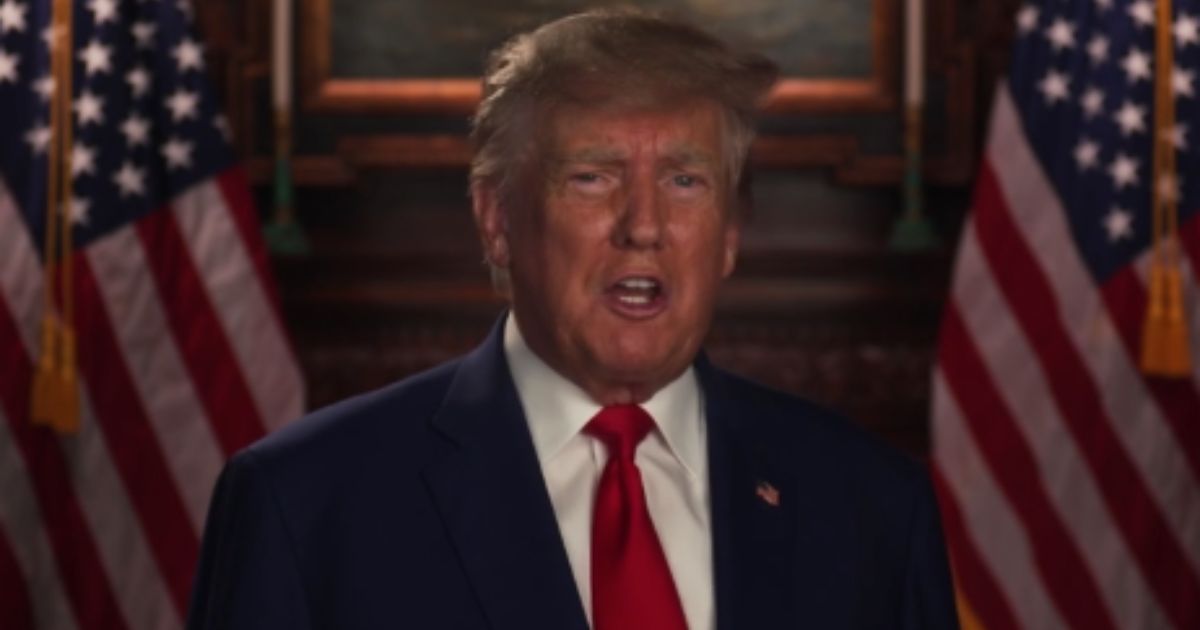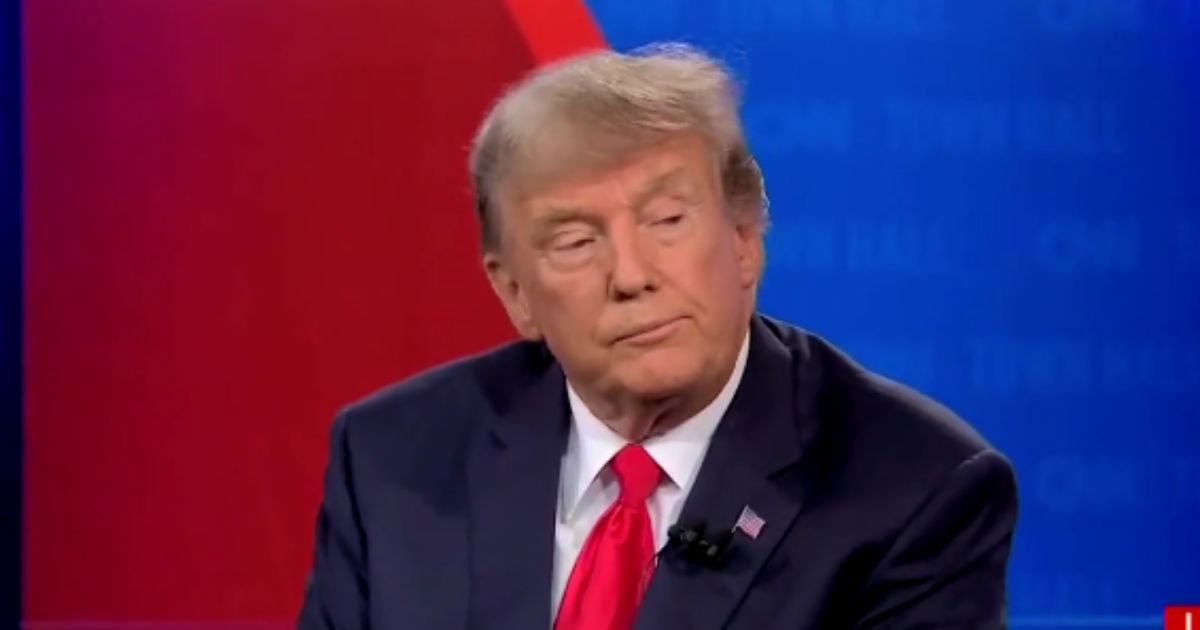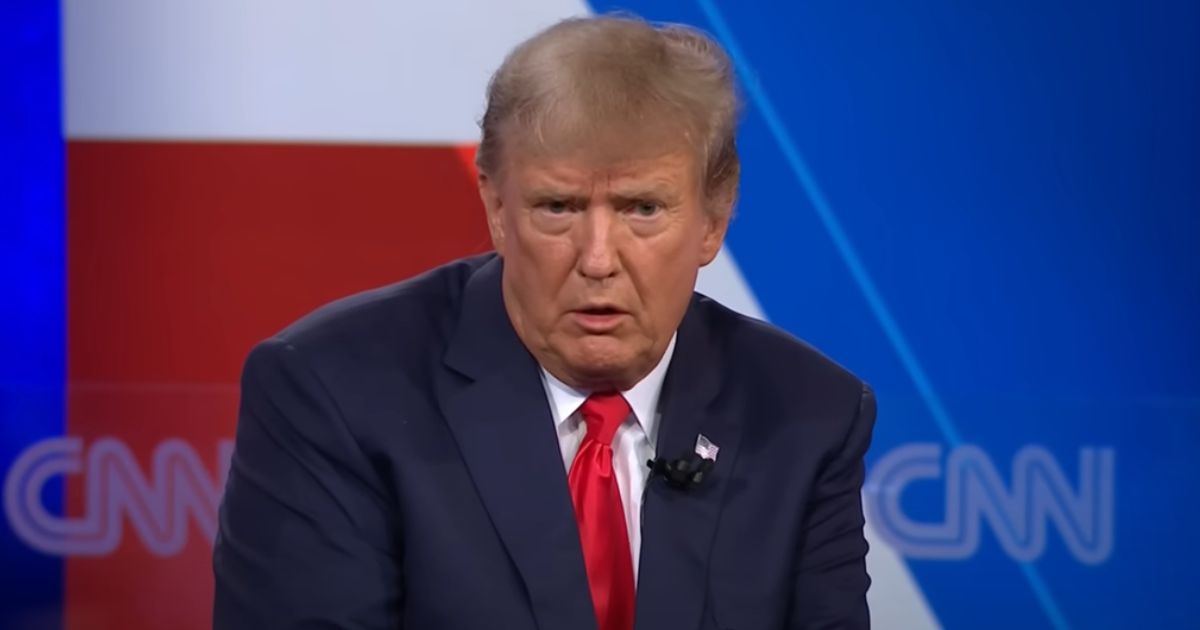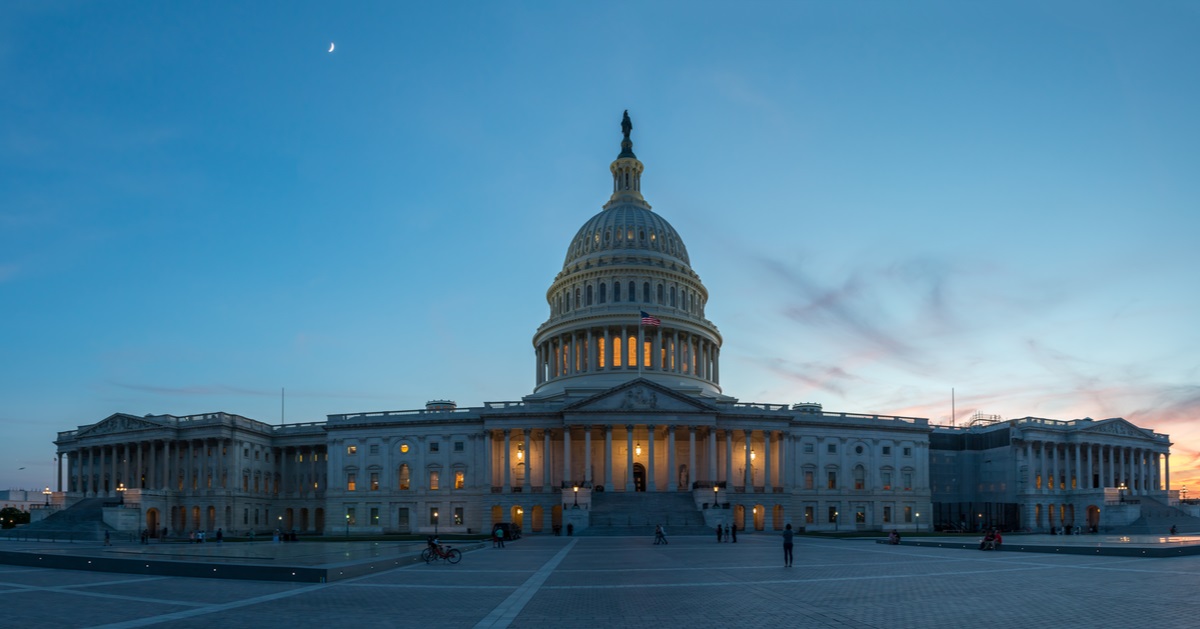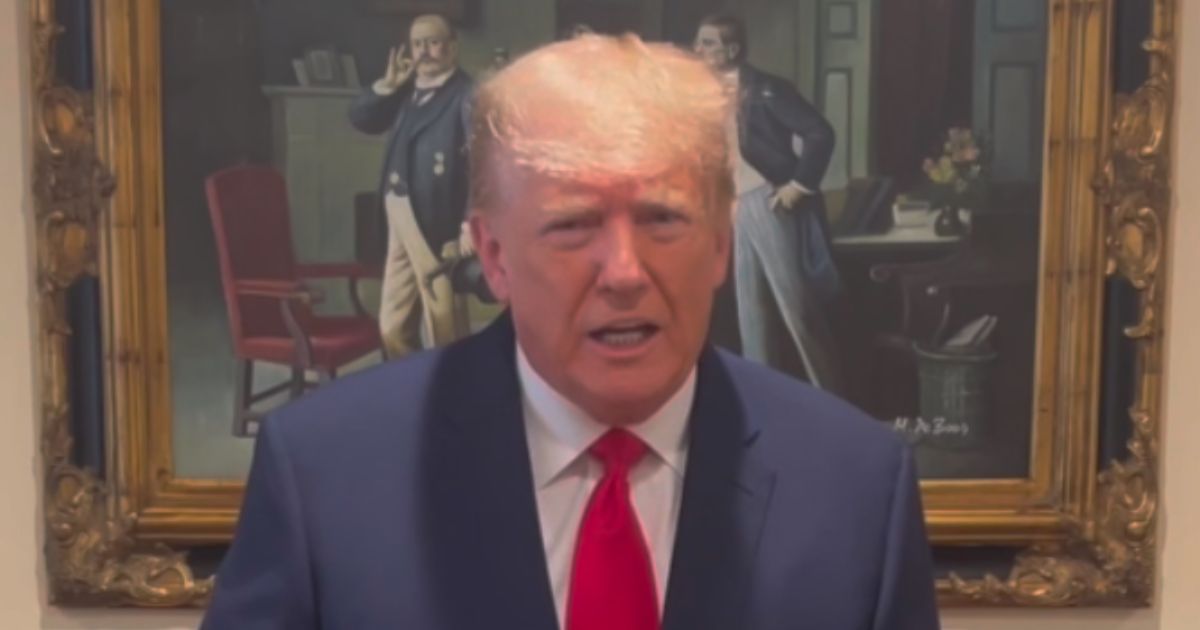Facial Expressions Unveiled In Harris And Walz CNN Interview
A microexpression expert has provided insight into the nonverbal communication displayed by Vice President Kamala Harris and her running mate Tim Walz during their recent CNN interview.
According to The Daily Beast, Annie Särnblad, a certified Facial Action Coding System specialist, analyzed the facial expressions of both politicians during their joint appearance with Dana Bash on Thursday night.
Särnblad's assessment suggests that Harris exhibited growing confidence and a more presidential demeanor throughout the interview.
The expert noted several instances where Harris displayed affection and support towards Walz and moments of pride and happiness.
However, Särnblad also observed signs of discomfort from Harris at certain points during the high-stakes conversation.
Decoding Facial Expressions Of Political Figures
Microexpressions, as explained by Särnblad, are involuntary facial movements that occur before conscious thought processes.
These subtle cues can reveal a person's true emotions, even when their words might suggest otherwise. The expert emphasized that these expressions are universal across cultures and are deeply rooted in human evolution.
In her analysis, Särnblad pointed out specific facial movements that indicated various emotions. For instance, she noted that Harris showed signs of contempt when addressing certain topics, such as claims about her stance on fracking. This was evidenced by a one-sided smile and a deepening of the nasolabial furrow.
Walz, on the other hand, displayed expressions associated with shame when discussing his previous drunk driving arrest. Särnblad described his facial cues as including a puckered chin, tucked chin, and closed eyes – all indicators of discomfort with the subject matter.
The Power Of Nonverbal Communication In Politics
Särnblad's insights highlight the importance of nonverbal communication in political discourse. The expert suggests that these microexpressions can provide valuable information about a politician's true feelings and reactions, often revealing more than their spoken words.
One particularly interesting observation was Harris's seemingly constant joyful temperament. Särnblad explained that the expression of joy is not solely dependent on a smile but also requires lifting the cheeks.
She noted that Harris frequently displayed this genuine expression of happiness, which can have a positive impact on viewers.
The expert stated:
Joy is hugely underrated in power, persuasion, and influence. Since mood is contagious, many people would rather spend time in and around people who express happiness.
This analysis suggests that Harris's apparent joy could be a powerful tool in connecting with voters and influencing public perception.
Implications For Future Political Debates
Looking ahead to the upcoming debate between Harris and Donald Trump scheduled for September 10, Särnblad offered advice for viewers on how to interpret candidates' facial expressions. She recommended focusing on the lower part of the face, as many emotions are uniquely expressed in this area.
The expert emphasized the difficulty of concealing true emotions through microexpressions, stating:
The only way to change our microexpressions is to change our thoughts so completely that our bodies fully believe the lie. I've been told that really good spies can do this. I've yet to see a politician capable of it.
This insight suggests that viewers may be able to glean valuable information about candidates' true feelings and reactions during high-pressure debate situations.
Conclusion
Annie Särnblad's analysis of the CNN interview with Kamala Harris and Tim Walz provides a unique perspective on political communication. By decoding facial expressions and microexpressions, Särnblad offers insights into the emotions and thoughts of these political figures beyond their spoken words. This analysis emphasizes the importance of nonverbal cues in political discourse and suggests that viewers can gain valuable information by paying close attention to candidates' facial expressions during debates and interviews.

